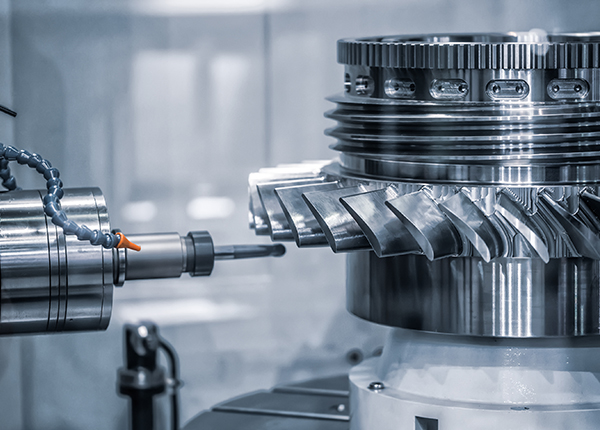
Machining costs are the difference between what a machining shop has to pay to make a component and the cost of that component.
Machining costs can be expensive if the materials are rare or if the component is a specialty part.
In many cases machining shop labor and machine, costs are more than the cost of the components. Machining costs are consider when the shop has an order for a costly component. Machining costs are a part of material costs.
Factors that influenced Machinability
Machining costs can be influenced by factors such as machinability, tool flow, feed rates and speed, program controls, machine visco-elastic properties, creep resistance, fatigue caused by thermal shock, mechanical stresses, mechanical balance, and machining operating conditions.
Machinability refers to the ability of a material to be machined easily and with accuracy. Low machinability usually results in poor quality parts because the parts are not machined accurately.
Materials that have low machinability include alloys (including brass, bronze, steel, and aluminum) and stainless steel.
Tool flow is a measure of how fast a machine can perform its operations and should increase as the machinability of the tool increases.
How to reduce machining cost?
Machine setup is another way to reduce machining costs. For example, if a large machining shop has set-ups that take a long time to set up, then they can save money by running those set-ups only once when they get a job.
Some shops use temporary set-ups when they get a job that cannot wait until a permanent setup can be made.
The temporary setup may have parts that need to be cut or modified before it is ready to be fully machined. If those parts are easily machined, the shop can save money on set-ups.
How to save machining cost?
A shop can also save money on machining costs by having a properly set up shop cam. This is the CNC machine’s brain; it is responsible for doing the calculations and programming necessary for the machine to do the work it is designed to do.
If a shop does not have a cam, then the CNC machine will not be able to perform the type of work that it was designed for.
Shop tools such as grinders and Sanders must have a cam that is set to a particular diameter for them to perform well and to save on machining costs.
Shops that do not do this will be at a disadvantage when it comes to getting new materials. If the shop has many different vendors that they have to deal with, then they are limited in what they can do for a new customer.
A shop needs to set the cam settings to a particular diameter so that they can send new material to a customer who needs a different thickness.
Otherwise, a business that gets a new part every once in a while, will have to send a new item to their supplier and will have to incur machined per part material costs for that extra part.
Where to buy CNC Machining?
Many companies that specialize in manufacturing precision CNC machining set their tooling costs from their own. This allows them to get better discounts for the material that they purchase since they are buying the tools themselves.
The best way to put an end to this is to buy the tooling supplies from a distributor. The distributor can give you a much lower cost than you would be able to buy the materials from your own company.
Sometimes, even though a company is buying their own machined parts, they still need to purchase machinability software or machines for making parts.
Some distributors of the tooling material will also offer the machinability software at an additional cost.
Machining costs vary widely based on the type of machining and material that you are dealing with.
You will be able to get lower rates if you have fewer machined materials and fewer products that you need to make.
In this case, you may still be able to save on production costs because you are choosing to make the smaller quantity of higher quality parts.
Impact of Tolerance on Machining Cost
In many cases, machining costs are not directly related to the type of material or the size of the part, but rather the tolerances that are used in the parts.
If you can improve the tolerances, you can save on the overall machining costs of the project.
When the tolerances are poor, the finished product may not have as many precision finishes or areas where the pieces come in contact with each other, which leads to poor performance.
Increasing the tolerances can help prevent this from happening.
Stay Connect with get news 360